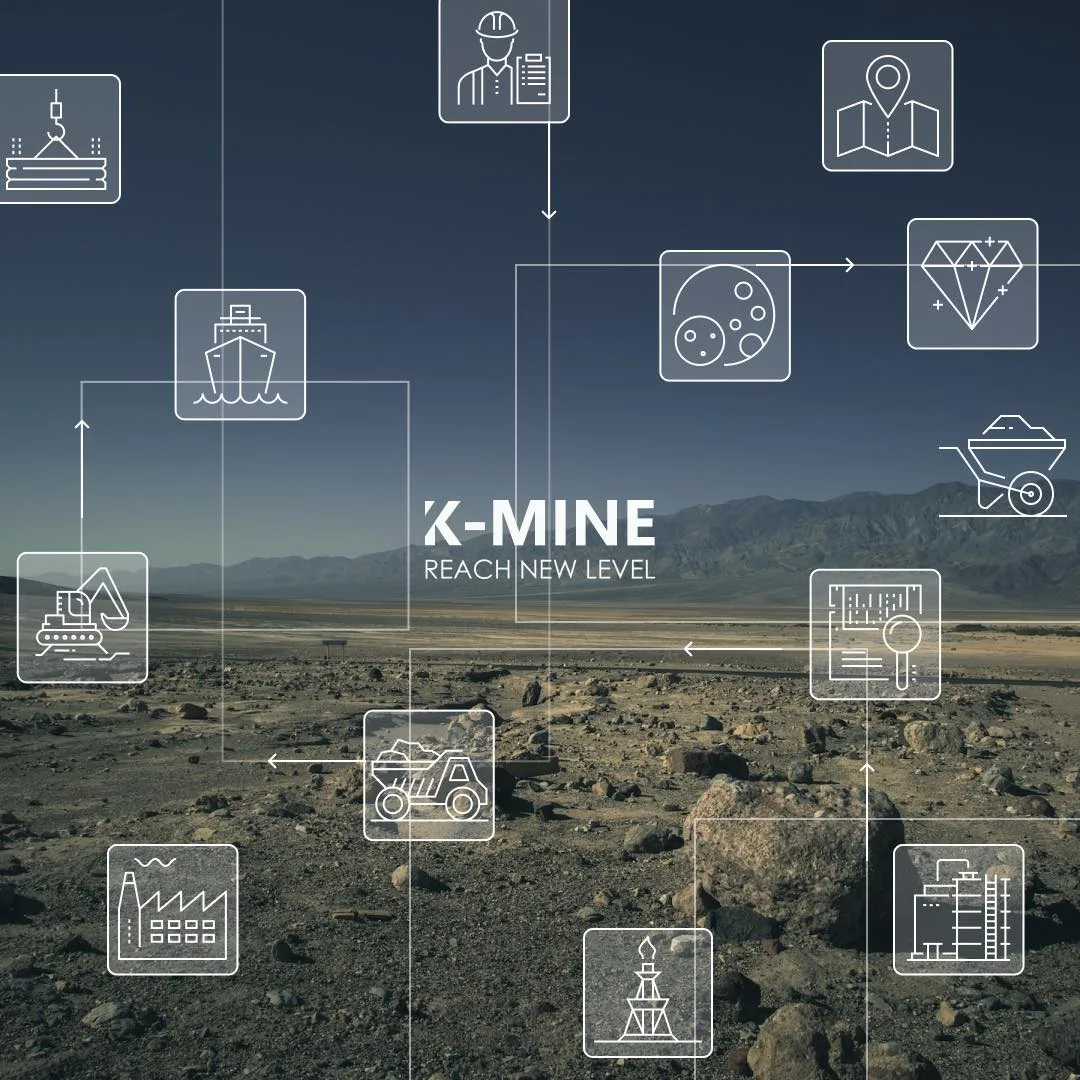
- Understanding Legal Compliance in Mining
- The Process of Permit Acquisition
- Challenges in Navigating Legal Compliance and Permit Acquisition
- Importance of Local and Indigenous Rights
- The Role of Legal Compliance and Permit Acquisition in Protecting Reputation and Minimizing Risk
- Utilizing Legal Expertise in Mining Projects
- Conclusion
Embarking on a greenfield mining project is no small feat. It’s a venture that involves meticulous planning, resource allocation, and an intricate understanding of various environmental, social, and financial factors. However, at the very core of these considerations, ensuring legal compliance and successful permit acquisition becomes pivotal.
These components are not just obligatory checkboxes to tick off, but rather, they constitute the backbone of a project’s success and sustainability. The stringent adherence to legal norms and securing relevant permits demonstrates the project’s commitment to responsible mining, reinforces trust amongst stakeholders, and also safeguards against potential legal hurdles down the line.
In this article, we will delve into the critical realms of legal compliance and permit acquisition in the context of a greenfield mining project, illuminating how they shape the project trajectory and contribute to its long-term viability.
Understanding Legal Compliance in Mining
Mining operations, particularly greenfield projects, operate within a robust legal framework that spans several areas, including environmental regulations, labor laws, safety protocols, and mineral rights. Understanding and complying with these laws is not just about meeting the minimum legal standards; it’s about shaping a mining operation that is sustainable, responsible, and respectful of the communities and environments in which it operates.
Firstly, environmental laws are in place to ensure mining projects consider and minimize their environmental footprint. These regulations cover everything from emissions and waste disposal to land rehabilitation, biodiversity conservation, and water management. Staying within these laws ensures our project doesn’t jeopardize the health of the local environment and maintains a good relationship with the surrounding community and regulatory bodies.
Labor laws, on the other hand, ensure fair and humane treatment of all employees. They encompass aspects like wages, working hours, health and safety standards, and labor rights. Following these laws not only ensures a fair workplace but also promotes a productive and committed workforce.
Safety regulations play a crucial role in safeguarding the welfare of all individuals involved in the mining project. By adhering to safety standards, we can reduce the risk of accidents, protect employees’ health, and maintain operational efficiency.
Finally, laws governing mineral rights determine who can extract resources and under what conditions. Understanding these rights, and the legal obligations they come with, is crucial for legal and successful mining operations.
In the following sections, we’ll look more closely at how we navigate this complex legal landscape to achieve a legally compliant greenfield mining project.
The Process of Permit Acquisition
Acquiring the necessary permits for a mining project is a multifaceted process. It involves a deep understanding of the local and national regulations and a commitment to full compliance. This journey typically includes obtaining exploration permits, environmental permits, and operational permits.
Let’s start with the exploration permit. This is the first permission you’ll need for a greenfield mining project, allowing us to carry out exploration activities, such as drilling or geochemical surveys, on the identified site. The requirements for obtaining this permit vary by jurisdiction but often involve submitting a detailed exploration plan and demonstrating understanding and compliance with local exploration regulations.
Once we’ve identified a potentially viable mineral deposit, the next step is to secure environmental permits. This often involves submitting an environmental impact assessment, which we covered in detail in the previous article of this series. The environmental permit application should clearly demonstrate that we have thoroughly considered the project’s environmental impact and proposed comprehensive mitigation strategies.
The final major category of permits are operational permits, which give the green light to commence mining operations. To acquire these, we usually need to provide a mining plan detailing our proposed operations, including aspects like safety procedures, waste management, and site rehabilitation plans. We also need to show that we’ve met all relevant legal requirements and that we have plans in place to maintain compliance throughout the operation.
It’s worth noting that this process isn’t linear. Often, it involves concurrently pursuing multiple permits, and the exact process can vary depending on local laws and regulations. It’s also an ongoing process – maintaining compliance means continuously meeting the conditions of our permits, even as operations progress and circumstances change.
In the next section, we’ll delve into some of the challenges commonly faced during permit acquisition and how to navigate them.
Challenges in Navigating Legal Compliance and Permit Acquisition
Even with a deep understanding of the legal requirements and a well-planned permit acquisition process, we can face several challenges. These challenges can range from bureaucratic delays to changes in the regulatory environment and social opposition, to name a few.
One of the common hurdles we may encounter is bureaucratic delays. Mining permits often need approval from multiple government departments, and it’s not uncommon for the process to take longer than initially expected. While we can’t always prevent these delays, a comprehensive and well-structured application can help smooth the process. It’s also essential to build in time for potential delays when planning project timelines.
Regulatory changes can also pose a challenge. Laws and regulations are constantly evolving, and changes can have significant implications for our mining project. Staying abreast of regulatory developments and being prepared to adapt our plans in response is vital for navigating this challenge. Having a good relationship with regulatory bodies and being involved in industry associations can also be beneficial for staying informed about potential changes.
Lastly, social opposition can present a significant obstacle. Mining projects can have substantial impacts on local communities, and if not properly addressed, this can lead to resistance to the project. Engaging with local communities from the early stages of the project, being transparent about our plans, and addressing concerns proactively can help build relationships and mitigate potential opposition.
In the next section, we’ll explore the role of legal compliance and permit acquisition in the broader context of greenfield mining projects. Remember, overcoming these challenges is not only about securing the necessary permits but also about establishing the foundation for responsible and sustainable mining operations.
Importance of Local and Indigenous Rights
In the context of mining operations, particularly in greenfield projects, one aspect that demands our undivided attention is the recognition and respect of local and indigenous rights. These communities often hold deep cultural, historical, and spiritual connections to the land, and mining operations can have profound implications for their way of life.
Understanding and acknowledging these rights is not just a matter of ethical responsibility; it also has legal, social, and sustainability considerations. Legally, many jurisdictions have regulations protecting the rights of indigenous and local communities, and failure to adhere to these can lead to serious repercussions. From a social perspective, failure to respect these rights can lead to social opposition, causing delays or even halting projects entirely.
Moreover, respecting local and indigenous rights is integral to the sustainability of mining operations. The United Nations’ Sustainable Development Goals emphasize the importance of sustainable and inclusive economic growth. By involving local communities in the decision-making process and ensuring that they share in the benefits of the project, we contribute to this goal and enhance the long-term viability of our operations.
In essence, acknowledging and addressing local and indigenous rights is not only the right thing to do but also a strategic approach to project implementation. By building relationships based on trust, respect, and mutual benefit, we pave the way for successful and sustainable greenfield mining projects. In the next section, we’ll delve into how these considerations fit into the broader picture of legal compliance and permit acquisition.
The Role of Legal Compliance and Permit Acquisition in Protecting Reputation and Minimizing Risk
Legal compliance and permit acquisition are more than just regulatory hurdles to clear in the mining industry. They serve as protective measures that maintain the reputation of the project, reduce potential legal risks, and foster positive relationships with stakeholders.
In an industry often scrutinized for its potential environmental and social impacts, the reputation of a greenfield mining project is paramount. By strictly adhering to laws and obtaining the necessary permits, we demonstrate our commitment to responsible mining practices. This commitment, in turn, fosters trust and credibility among stakeholders, ranging from investors and partners to local communities and regulatory bodies.
Legal compliance and permit acquisition also play a crucial role in risk management. Mining projects often involve substantial investment, and any legal issues or permit disputes can lead to significant financial losses, delays, or in worst-case scenarios, a complete shutdown of operations. By proactively ensuring compliance and obtaining all necessary permits, we can anticipate and mitigate these potential risks.
Furthermore, legal compliance and permit acquisition can foster healthy relationships with stakeholders. When stakeholders observe our commitment to meeting legal obligations and respecting the conditions of our permits, they’re more likely to view the project positively. This rapport can lead to smoother negotiations, stronger partnerships, and even advocacy from stakeholders.
In conclusion, the processes of ensuring legal compliance and acquiring permits are not just boxes to tick but form a fundamental part of the project’s risk management strategy, reputation, and stakeholder relations. They help pave the way for smooth and successful implementation of greenfield mining projects. In the final section, we will wrap up this discussion and provide a sneak peek into the next topic of the series.
Utilizing Legal Expertise in Mining Projects
Just as an experienced captain navigates a ship through stormy seas, legal expertise guides a greenfield mining project through the intricate labyrinth of laws and regulations. It’s not just about avoiding fines and sanctions; it’s about ensuring that every aspect of the project respects and aligns with the relevant legal frameworks. This is where legal expertise becomes invaluable.
Mining laws vary significantly from region to region, and a nuanced understanding of these laws is crucial to ensure accurate interpretation and application. Having legal professionals on the team, who are familiar with mining laws, labor laws, environmental laws, and more, helps avoid misunderstandings and costly mistakes. They can provide guidance on everything from the legalities of exploration activities to the obligations of mine closure.
In addition to understanding the legal landscape, legal professionals play a critical role in the permit acquisition process. They can assist in preparing necessary documentation, navigating bureaucratic procedures, and communicating effectively with regulatory bodies. With their experience and knowledge, they can expedite the permit acquisition process, while ensuring all procedures are correctly followed.
Furthermore, legal expertise proves invaluable when facing challenges or disputes. If legal issues arise during the project, having professionals who can provide counsel and represent the project’s interests is crucial. They can provide strategies to manage these situations, reducing the impact on the project timeline and budget.
In summary, legal expertise is not just beneficial but essential in greenfield mining projects. These professionals offer guidance through the complexities of legal compliance, support efficient permit acquisition, and provide invaluable counsel when facing legal challenges. As we approach the end of this article, let’s take a moment to reflect on the key points discussed and look forward to our next topic in this series.
Conclusion
Navigating the regulatory landscape is a fundamental aspect of any greenfield mining project. We’ve seen how legal compliance isn’t just a matter of adhering to laws—it’s about fostering sustainable, responsible, and respectful mining operations. Similarly, acquiring the right permits is not merely a bureaucratic obligation; it’s a testimony to the project’s commitment to uphold legal, environmental, and social standards.
The process of legal compliance and permit acquisition is complex and multifaceted, requiring a thorough understanding of various laws and regulations, from environmental to labor laws. This complexity often presents challenges that can be navigated more smoothly with the right expertise and preparation.
A critical takeaway from this discussion is the crucial role of legal professionals in mining projects. Their expertise allows for a more precise interpretation of laws, facilitates the permit acquisition process, and provides valuable counsel when legal challenges arise. Furthermore, we emphasized the importance of respecting local and indigenous rights, aligning not only with ethical considerations but also with the project’s long-term sustainability.
In navigating legal compliance and permit acquisition, mining projects can protect their reputation, minimize risk, and foster beneficial relationships with stakeholders—a worthy investment in the project’s success.
As we conclude this exploration of legal compliance and permit acquisition, we turn our sights towards the next stage of our greenfield mining journey. In our forthcoming article, we will delve into the exciting phase of construction and operation, where planning turns into tangible action and a mine’s potential begins to materialize. Until then, let’s carry forward the lessons we’ve learned on the importance of remaining navigators of the law as much as we are pioneers in greenfield mining.



 Back
Back